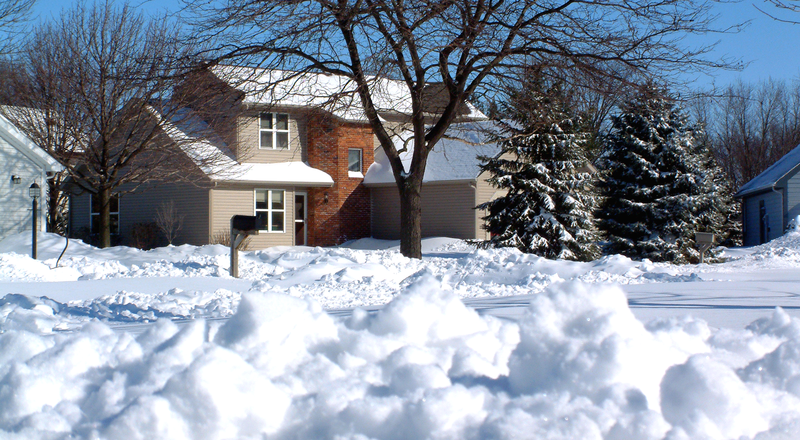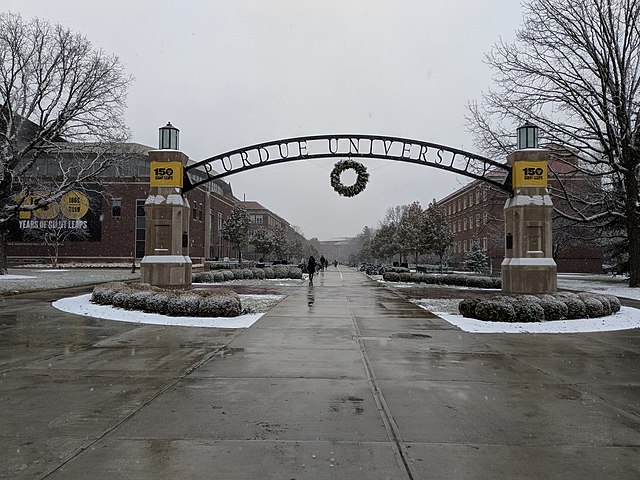
Thammasat University students interested in architecture, engineering, and agriculture may find it interesting to participate in a free online public lecture on Soil Mechanics.
The event is organized by the Department of Civil Engineering, The University of Hong Kong (HKU).
The TU Library collection includes many books about different aspects of soil mechanics.
The speaker will be Professor Rodrigo Salgado, who teaches civil engineering at Purdue University, West Lafayette, Indiana, the United States of America.
As the event abstract notes,
Although soil mechanics has existed as a science for almost a century, its development has largely been based on relatively simple models that do not realistically capture soil behavior. This has led to a somewhat limited ability to obtain realistic solutions to the boundary-value problems of geotechnical engineering. As a result, analysts often resort to calibrations or a general reliance on the results of calculations combined with “engineering judgment.” The tools required to perform realistic simulations are advanced constitutive models and rigorous numerical schemes. The lecture will review progress in the development of these analysis tools, and illustrate the quality of the results from performing analyses relying on their use.
Publications by Professor Salgado are available to TU students on TU Library research databases and through the TU Library Interlibrary Loan (ILL) service.
The event will be held on Wednesday, 29 June 2022 at 7pm Bangkok time.
Students may register for access at this link.
https://hku.zoom.us/j/93801199016
(Meeting ID: 93801199016)
For further information or with any questions, please write to the following email address:
pltseng@hku.hk
To receive an electronic certificate of attendance, please send your full name and email address as a private chat message to the Zoom host at
wangteng@connect.hku.hk
during the lecture.
For further information, please visit:
http://www.civil.hku.hk/h6_e_seminars.html
As TU engineering students know, soil mechanics is a branch of soil physics and applied mechanics that describes the behavior of soils.
It differs from fluid mechanics and solid mechanics in the sense that soils consist of a heterogeneous mixture of fluids (usually air and water) and particles (usually clay, silt, sand, and gravel) but soil may also contain organic solids and other matter.
Along with rock mechanics, soil mechanics provides the theoretical basis for analysis in geotechnical engineering, a subdiscipline of civil engineering, and engineering geology, a subdiscipline of geology.
Soil mechanics is used to analyze the deformations of and flow of fluids within natural and man-made structures that are supported on or made of soil, or structures that are buried in soils. Example applications are building and bridge foundations, retaining walls, dams, and buried pipeline systems.
Principles of soil mechanics are also used in related disciplines such as geophysical engineering, coastal engineering, agricultural engineering, hydrology and soil physics.

Specialists in soil mechanics sometimes have an unusual sense of humor. From Theory to Theory in Soil Mechanics was published in 1900 at the Harvard University Division of Engineering and Applied Physics, Cambridge, Massachusetts, USA, The students wrote:
We have all awaited patiently this happy day when Soil Mechanics can finally be honored with the title of Soil Scientists.
At last we can forever convince those non-thematically minded engineers who don’t realize that precise and accurate solutions for soil problems have become imperative.
This way sophisticated solutions, expressed by differential equations, shall eliminate calculated risk and the false sense of security, adding confidence, multiplying the reliability of results, dividing expenses, and minimizing the engineer ‘ s headaches .
One must believe strongly in this theoretical approach to understand the beauty of the accuracy. This is invariably substantiated by precise laboratory tests. This uncanny agreement of tests with expected results is one of the miracles of modern technology.
The publication of this comprehensive compendium will eliminate the necessity for equivocal empirical rules. The need for such a textbook has been repeatedly borne out in courtroom testimony of experts when faced by those who have never published a book. We modestly give all credit for this masterpiece to our professor in honor of his 30 years of devoted teaching at Harvard with full confidence that he will not be burdened with additions to any chapters during the next 30 years…
Chapter 2
Soil Identification
In this chapter the soil becomes an intimate friend of the engineer. Obviously the high class of the engineer does not permit himself to put his hands into the dirt; any chemical laboratory with an electronic computer will identify the soils for him. The reader may refer directly to the chapter on soil properties.
Chapter 3
Soil Testing
In the old days the engineer had to abuse the soil. Tests like liquid limit, plastic limit, permeability, consolidation, shear strength are now of academic interest only. Today the best test is the grain size analysis which can be conducted very quickly by optical turbidity meters, which furnishes all information one needs for his soil studies. Larger laboratories may use X-rays and nuclear tests which are also infallible and sophisticated methods of soil testing…
Chapter 4
Properties of Soils…
A quick reference to the soil types in alphabetical order has been included here for the benefits of neophytes to soil science to save them the inconvenience of leaving their desks. In general, it will be found that the laboratory technician can quickly classify the soils in accordance with the code as explained in the ASTM Handbook of American and Unamerican Soils.
- Adobe – The strength of this material is attested by bricks in a small building in the Texas town of Alamo, which have withstood the onslaught of Mexicans and other unfavorable elements over a hundred years.
- Bentonite – An uncommon element found only in Leo Casagrande’s pond. Discovered and named after B. Franklin, it usually occurs in such thin layers that it can be ignored,
3. Calicho – A swear word sometimes used by contractors. Named for the wife of a friendly Indian, Cochise.
- Clay – Recent progress in physiobiochemicalelectronmicroscopy have made this nomenclature obsolete.
- Diatomaceous earth – (Kieselgurps) This very important foundation material must be analyzed carefully. One inch frozen samples every ten square feet should be considered a minimum. Correlation of the angle of repose of the angle of symmetry of the formanifera in electron photographs provide all necessary information,
- Hardpan – Elevation at which refusal is found.
- Kaolin – Of historic interest only. Once used for dishes before the discovery of plastics.
- Loess – (Pronounced lice or loose in reference to its licentious character) This material is found in great quantities in Communist China. Any description would be unpatriotic,
- Marl – Careful analysis of the pronunciation of this word will give your geographic location in the United States.
- Peat – A euphemism used in reference to an organic fata morgana. VJhen encountered it must be quickly covered with clean granular material. Tradition allov/s its “removal” to be classed as excavation among pay items. Any job inspector will confirm its unreality,
- Quicksand – Unknown outside the MGM studio where Tarzan movies are made. Grainsize analysis will dispel any worries of spontaneous liquid action.
- Rock – Any hard, strong durable material such as shale, limestone, or gypsum.
- Sand – A treacherous material whose ultimate bearing capacity has never even been measured. A careful grain size analysis will generally confirm the need for piles.
Peace of mind concerning foundations on this material can be purchased from the Shakorsink Corporation.
- Till – Not worth a dam.

(All images courtesy of Wikimedia Commons)
